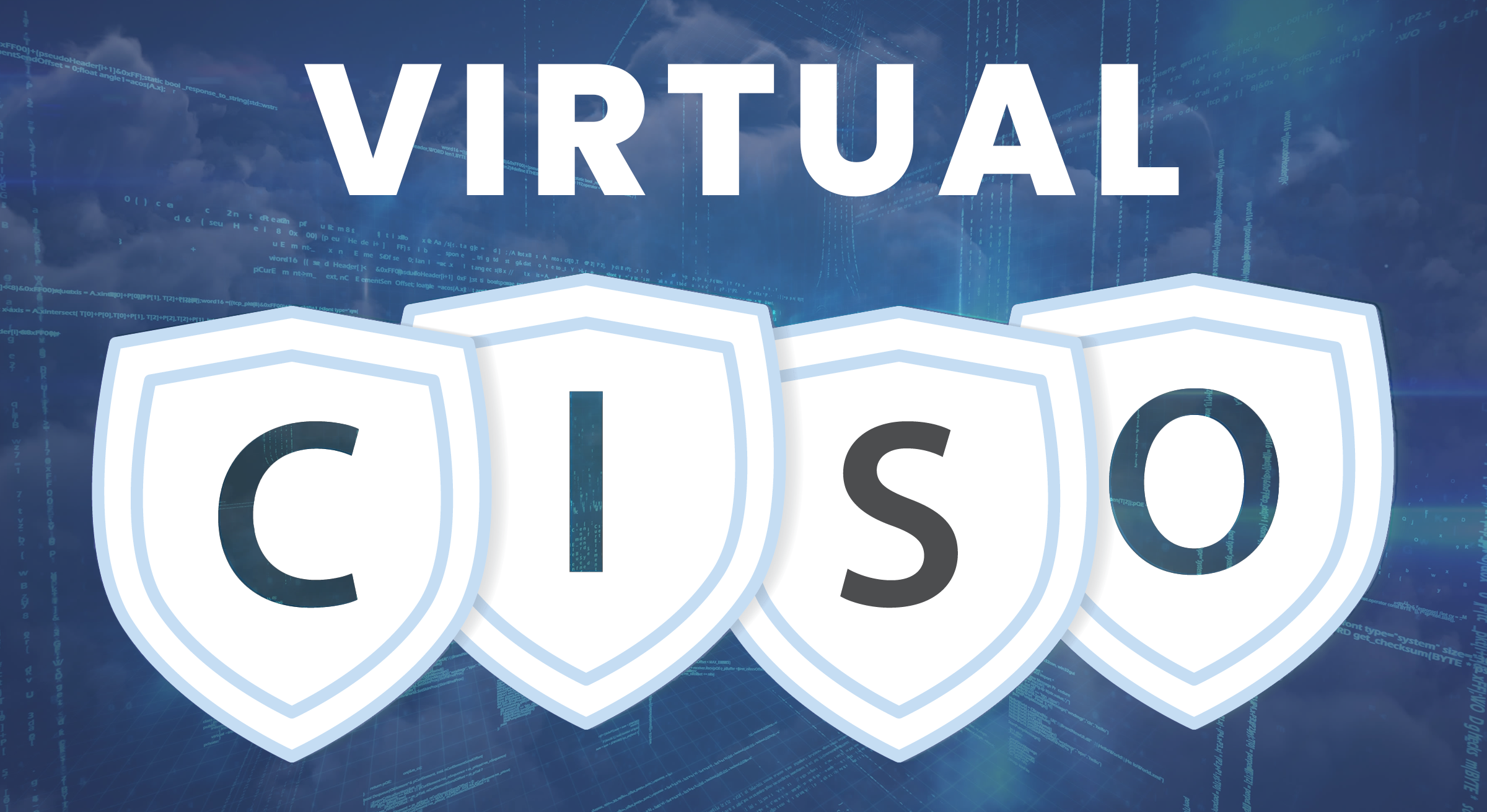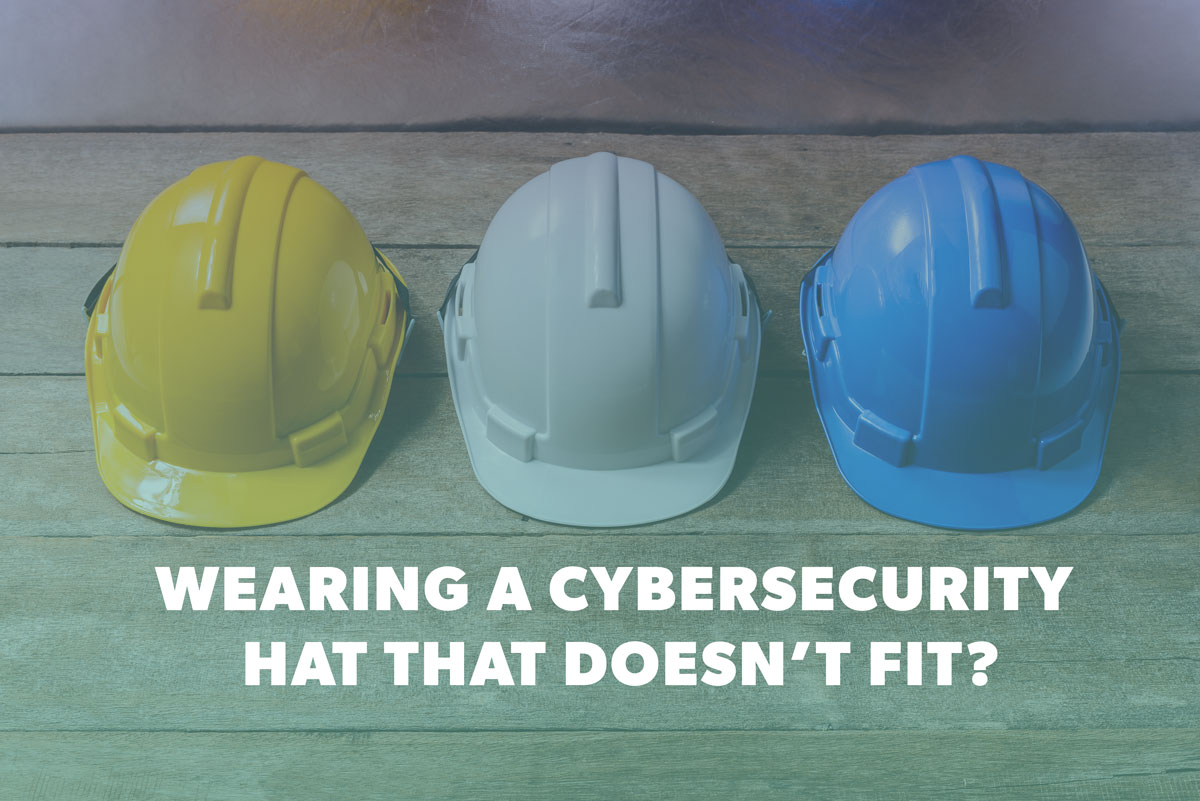vCISO: The Ultimate Guide for 2025
As cyber threats continue to rise, organizations need advanced security measures now more than ever. A Virtual Chief Information Security Officer...

Here are the top takeaways from this blog:
Kickstart your AI policy with our template, built on the latest best practices
Cybersecurity has moved beyond being just an IT concern. For credit unions and banks, it has become a Board-level responsibility, tied directly to regulatory compliance, member trust, and institutional resilience. Regulators from the FFIEC to the NCUA now expect visible leadership around cybersecurity strategy, not just firewalls and endpoint protection. At the same time, threats continue to rise in sophistication, leaving many smaller and mid-sized financial institutions wondering how to keep pace without stretching already thin resources.
Traditionally, the answer has been to hire a Chief Information Security Officer (CISO). But for credit unions and community banks, the math often doesn’t add up. A seasoned CISO can command $200,000 to $300,000 annually in salary, not including benefits, bonuses, and the support team required to be effective. For organizations with tight operating margins, a full-time executive may be unrealistic. That’s where the concept of a Part-Time CISO (PTCISO) comes in.
A PTCISO is exactly what it sounds like: an executive-level cybersecurity leader who engages with an institution on a flexible basis. Instead of being on staff full-time, the PTCISO operates on a contract or retainer model, delivering strategic guidance, board reporting, and program oversight at a predictable monthly cost. You may also hear this model described as a “fractional CISO,” “virtual CISO,” or even “CISO-as-a-Service.” While terminology varies, the essence remains the same—organizations gain access to high-level security expertise without committing to a permanent hire.
Unlike a short-term consultant, a PTCISO is not brought in just to solve a single problem or prepare for a single audit. The relationship is designed to be ongoing. A credit union might rely on its PTCISO to join quarterly board meetings, review vendor risk assessments, oversee incident response planning, or guide preparations for regulatory exams. Much of this work can be done remotely, but the PTCISO can also appear onsite when leadership wants direct engagement, particularly around board presentations or examiner interactions. The result is a blend of strategic vision and practical support that grows with the institution.
Understanding how a PTCISO fits into the broader landscape requires comparing it to two familiar alternatives: the traditional CISO and the vCISO. A traditional CISO is a full-time executive, fully embedded in the organization. This model provides continuity and constant availability, but at a cost that is often prohibitive outside of larger banks. The vCISO, on the other hand, is typically engaged on a project or hourly basis. Virtual CISOs are highly effective for point-in-time needs—such as performing a gap assessment or helping prepare for an exam—but they do not usually remain engaged long enough to drive sustained program maturity.
The PTCISO sits between these two extremes. Like a vCISO, they are flexible and contract-based. But like a traditional CISO, they operate as an extension of leadership, providing ongoing oversight and consistent reporting. For credit unions and regional banks, this balance is critical. The institution benefits from continuity and strategic direction without bearing the payroll burden of a permanent executive role.
The decision to engage a PTCISO often arises at inflection points in an institution’s lifecycle. A credit union preparing for an upcoming PCI-DSS or ISO 27001 deadline may realize that internal resources are stretched thin and leadership-level guidance is missing. A regional bank experiencing rapid growth or going through a merger may need stronger governance to manage a more complex vendor ecosystem. Some institutions look to a PTCISO in the wake of a cyber incident, when regulators and boards demand assurance that the weaknesses uncovered will not reappear. Others bring in a PTCISO simply because directors want an independent, third-party perspective on security strategy.
In all of these cases, the common thread is the need for executive-level cybersecurity leadership that can be scaled to fit the size and maturity of the organization. The PTCISO ensures that oversight is not reactive or ad hoc, but woven into the institution’s governance fabric.
For financial institutions, the benefits of this model are both practical and strategic. A PTCISO provides a level of expertise and oversight that reassures boards, regulators, and examiners, while avoiding the high fixed cost of a full-time executive. Because the relationship is ongoing, the institution steadily matures its security program rather than lurching from one compliance cycle to the next.
Another important advantage is perspective. An internal IT team may be deeply committed but often lacks the independence needed to challenge assumptions or elevate issues to the board. A PTCISO, operating as an outside authority, can deliver candid assessments and keep leadership focused on emerging risks rather than daily firefighting. Over time, many institutions also find that their IT and security staff become stronger, since the PTCISO transfers knowledge and frameworks that teams can carry forward.
Of course, not every PTCISO arrangement is created equal. For credit unions and banks, it is important to choose a provider who understands the unique demands of financial services. Industry certifications like CISSP or CISM provide a baseline, but what matters more is whether the individual has experience working with FFIEC guidelines, GLBA requirements, and the realities of regulatory exams. The methodology matters as well: a PTCISO should bring structured frameworks such as NIST CSF or ISO 27001 and apply them in a repeatable way that aligns with the institution’s reporting needs. Cultural fit also plays a role. A strong PTCISO must be able to translate security into the language of risk and compliance so that boards and executives can engage meaningfully with the strategy.
As artificial intelligence becomes more embedded in financial services, the responsibilities of the CISO are evolving. Many banks and credit unions are already experimenting with AI-powered fraud detection or member service chatbots, introducing new categories of risk such as prompt injection or sensitive data leakage. Boards are beginning to demand AI risk metrics alongside traditional cybersecurity reporting, especially as regulations like the EU AI Act and emerging U.S. executive actions gain traction.
This shift is already giving rise to fractional AI leadership roles, including the idea of a Chief AI Safety Officer. It is likely that future PTCISOs will be called upon not only to oversee traditional cybersecurity programs but also to guide AI governance and ensure safe adoption. For institutions that cannot justify a full-time executive, the part-time model will continue to provide a flexible and scalable path forward.
Rivals vCISO brings the PTCISO model to life with the tools credit unions and banks need to manage cybersecurity leadership efficiently. A unified GRC dashboard automates evidence collection, while real-time risk scoring and progress tracking keep boards and examiners informed.
With a library of pre-built policies and control mappings aligned to FFIEC, GLBA, PCI-DSS, and other standards, your institution can accelerate compliance and reduce audit prep time. The platform provides both visibility and confidence—without the burden of a full-time executive hire.
If your organization is ready to strengthen oversight and simplify compliance, schedule a call to learn more about Rivials vCISO solutions today.
Kickstart your AI policy with our template, built on the latest best practices

As cyber threats continue to rise, organizations need advanced security measures now more than ever. A Virtual Chief Information Security Officer...

Knowing when it’s the time to secure an executive level information security position for your financial institution boils down to two things: the...

In an IT Manager’s perfect world of banking, budgets are large enough to employ a full team of specialized experts. These experts are then able to...